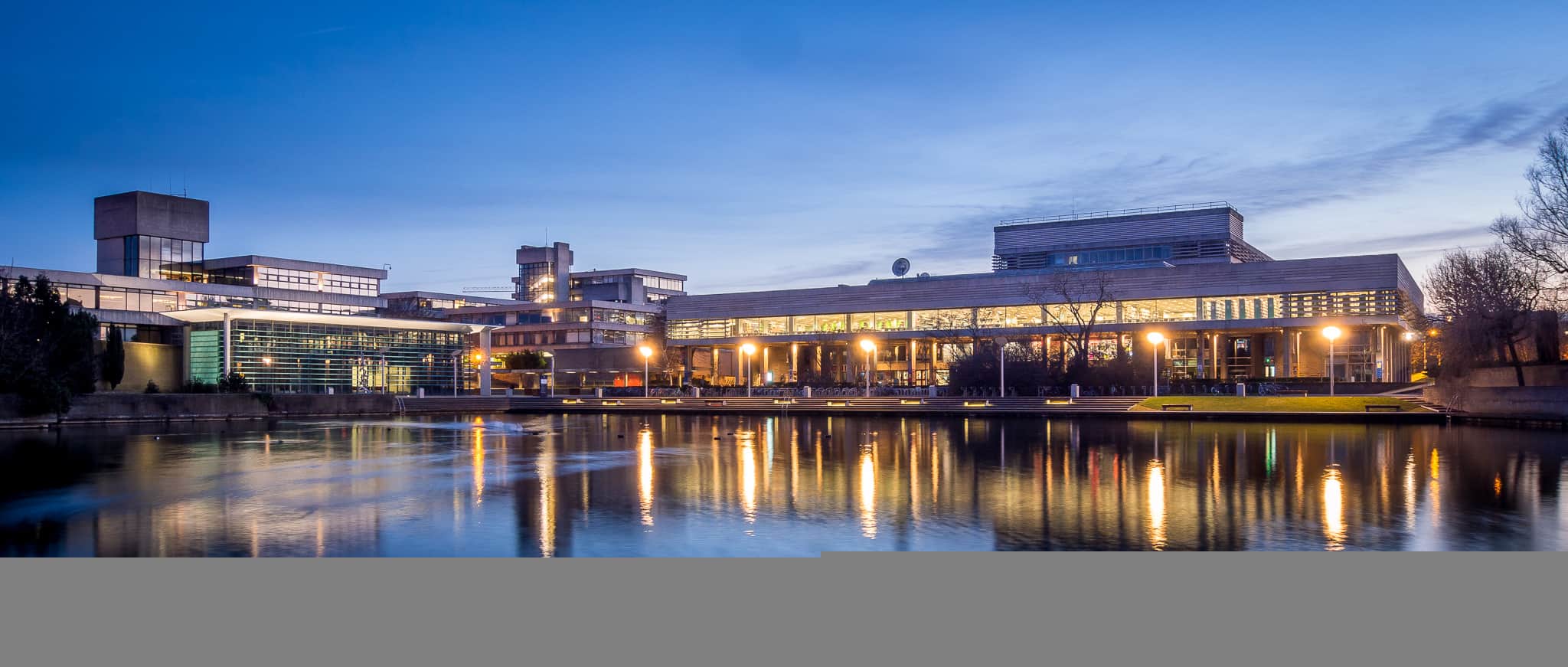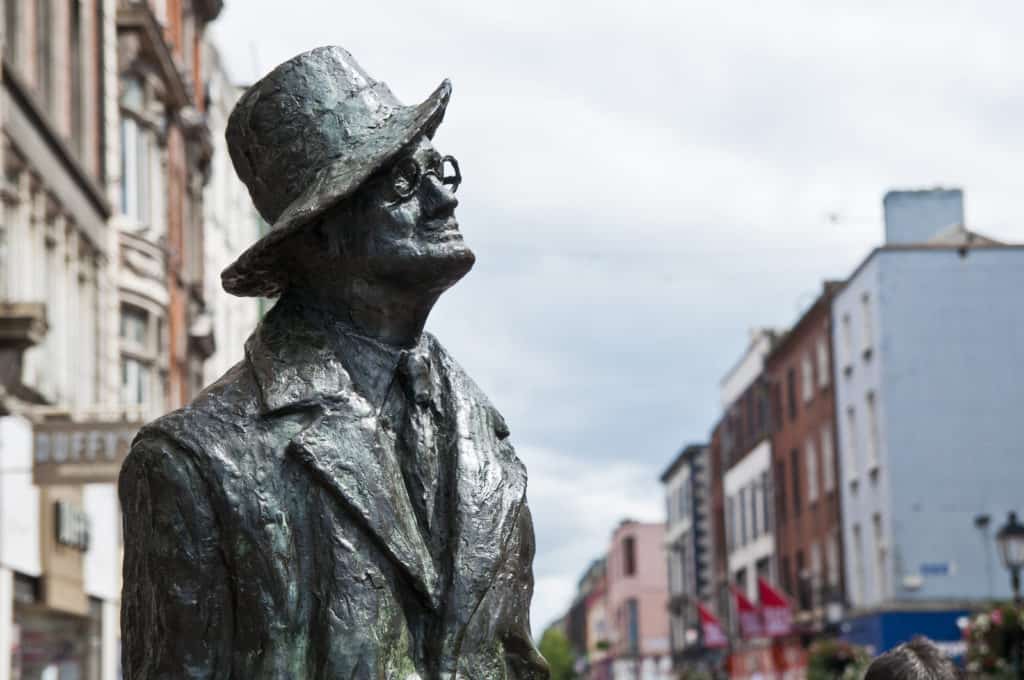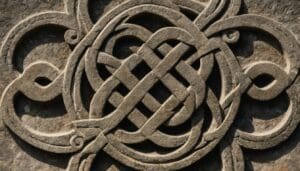James Joyce: His Life, Work, and Legacy

Updated On: April 07, 2024 by Marise
James Joyce was a phenomenal Irish author, short story writer, and poet. His work is still studied today and inspires keen writers all around the world. James Joyce had a unique skill to bring words to life that enchanted the minds of anyone who read his work.
Keep reading to discover the life, work, success, and legacy of the great James Joyce.
Life (1882-1941)
James Joyce was born in Dublin, on the 2nd February 1882. His parents were John Stanislaus Joyce and Mary Jane Murray. Joyce began his education at the boarding school, Clongowes College. However, after financial issues, studied at home and then at the Christian Brothers O’Connell School in 1893. He then attended University College Dublin in 1898 and studied English, French and Italian. Joyce was heavily influenced by his surroundings and upbringing. Many of his friends from University College Dublin appear throughout his works.
Joyce was first published in The Fortnightly Review, he wrote a review of Henrik Ibsen’s When We Dead Awaken. He wrote many more articles and reviews. In 1901, he wrote a piece criticizing the Irish Literary Theatre because of its reluctance to produce the works of playwrights like Ibsen and Tolstoy. His college friend refused to print it and it was later published in the United Irishmen.
Following Joyce’s graduation in 1902, he moved to Paris. He wanted to study medicine but soon decided that this was not a suitable career path. He then returned home in 1903 when his mother was diagnosed with cancer. She sadly passed away from the illness in the same year.
Joyce continued to make a living by writing book reviews, teaching, and as a bank employee. Joyce’s first official publication was a collection of poems called Chamber Music, and it was published in 1907. Before that, Joyce has written Stephen Hero, but its publication was rejected. He revised and made it into A Portrait of an Artist as a Young Man, but it was rejected as well. Joyce sent the revised version, along with the manuscript of his short story collection Dubliners to Ezra Pound, who was one of Joyce’s supporters and patrons. Pound made it possible for A Portrait of an Artist to be serialized in The Egoist magazine between 1914 and 1915. Dubliners‘ publication was delayed for many years because of arguments with the publishers, but it was out in 1914 as well.
Joyce met Nora Barnacle in 1904, and they fell in love. He then persuaded Nora to leave Ireland with him. They moved between Paris, Zurich, Trieste, and Rome, making them his exile. After much trouble with an English Agency and trying to secure himself a teaching position, he finally got a position in Pola in Austria-Hungary and stayed there teaching English from October 1904 until March 1905. He then moved to Trieste and stayed for 10 years. Joyce had his firstborn son on 27th July 1905, Giorgio (George). Then in 1907, Lucia was born. Joyce and Nora married in 1931.
In mid-1909, Joyce visited his father in Dublin and published one of his most famous works: Dubliners. He visited Dublin many times, however, after visiting in 1912 and having an argument with his publisher, George Roberts, he never returned.
In the 1920s, Joyce began to receive fame as a writer. He then began writing full-time. During the 1920s and 1930s, Joyce received many eye surgeries, first in France, and then in Switzerland. After the failed surgeries, Maria and Eugene Jolas nursed and helped Joyce finish many of his novels. In 1940 due to fleeing the Nazi Occupation of France, Joyce returned to Zürich.
James Joyce died on 13th January 1941. On the 11th of January, he had surgery and fell into a coma. He awoke on the 13th in the early morning and died a little later.
James Joyce’s Famous Works
James Joyce is often regarded as one of the most influential authors of the 20th Century. During his lifetime he completed many pieces of literature, and today they are still studied worldwide. The majority of his works as an Irish author are about his home, Ireland.
Dubliners
Written in 1914, this was James Joyce’s first publication. Dubliners is a collection of short stories which focuses on the lower-middle class life of the Irish in Dublin during the period of Home Rule. Within this collection of short stories lies one of his best pieces of work The Dead. It was later turned into a film by John Huston.
I am tomorrow, or some future day, what I establish today. I am today what I established yesterday or some previous day.
-James Joyce
Ulysses
Joyce released his novel Ulysses in 1922. This novel follows Leopold Bloom, a Jewish advertising canvasser, through a single day, 16th June 1904.
History is a nightmare from which I am trying to awake.
-James Joyce, Ulysses
Still studied worldwide today, Ulysses is regarded as one of the most challenging works of literature. As throughout much of his work, including Ulysses, Joyce has included many different puzzles and enigmas that he proclaimed “will keep the professors busy for centuries arguing over what I meant”
Finnegans Wake
Published in 1939, Joyce spent 17 years writing this novel while in Paris. It is regarded as a revolutionary masterpiece. Joyce created a nocturnal, dreamlike state, in the form of a comedy. The dreams portray conflicts from mythology and human history.
And you’ll miss me more as the narrowing weeks wing by. Someday duly, oneday truly, twosday newly, till whensday.
-James Joyce, Finnegans Wake
James Joyce: Legacy and Success
In Dublin, The James Joyce Centre provides exhibitions, tours, and lectures about the famous Irish author. There is an exhibit that showcases his life and his work.

In Dublin (and other cities worldwide), the 16th of June is known as Bloomsday. It is a day that celebrates the life and work of James Joyce.
Every day, Joyce’s work is studied by students and scholars around the globe. Many critical scholarly publications are released yearly, such as the James Joyce Quarterly.
The University College Dublin and the Literary and Historical Society created the James Joyce Award. This is awarded to people who achieve amazing successes in their chosen fields.
If you enjoyed reading about James Joyce, check out more ConnollyCove’s blogs about more Irish authors and literature-related history!
Dublin’s Literary Pubs | Famous Irish Authors Who Helped Promote Irish Tourism | Dublin’s Writer Museum, Dublin City | Two Authors | One Man | John Banville | Lady Gregory: An Often Overlooked Author | Seamus Heaney: His Life | His Work | His Successes






